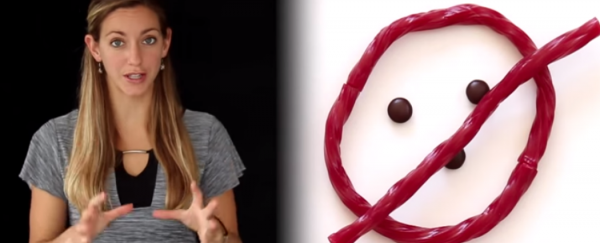When we're taught the fundamentals of physics in school, we learn that everything around us is made up of atoms. We're told that atoms are made from protons, electrons and neutrons, and that both protons and neutrons are made up of three quarks each. Simple enough, right? Except when you ask the question, as Physics Girl does in the video above, "If they're both made of quarks, how are protons and neutrons different?"
Turns out we've been lied to. Well, half-truthed to, because as Physics Girl explains, saying that protons are made from three quarks is such an oversimplification, it's just plain wrong.
At any given time, a proton will have two 'up' quarks - the lightest of all quarks - and one 'down' quark, and their charges all add up to +1, the charge of a single proton. These three 'valence quarks' do make up the proton, but they're not the only things that could be lurking in there.
An anti-quark will sometimes pair with an additional up quark to make things a little bit more crowded.Or other types of quarks called strange quarks, anti-strange quarks, charm quarks, and anti-charm quarks could also get into the mix when it comes to proton configuration. And they're all held together by particles called gluons.
All of which still sounds pretty neat - not as neat as the one-sentence definition of your school days, but still pretty neat. Well, be prepared to have that illusion shattered in the most delicious way possible by Physics Girl in the video above, because by the time all those zillions of different quark pairs and gluons have accumulated inside a proton, smashing about and annihilating each other at close to the speed of light, things get really messy, and really complicated.
And yet, there's an incredible elegance to all that mess - nothing's there that shouldn't be, and Physics Girl does an awesome job at explaining how all of this works. With chocolate! Enjoy, but not when you're hungry, because otherwise it's just one big tease. Go grab that bag of M&M's. I'll wait.
